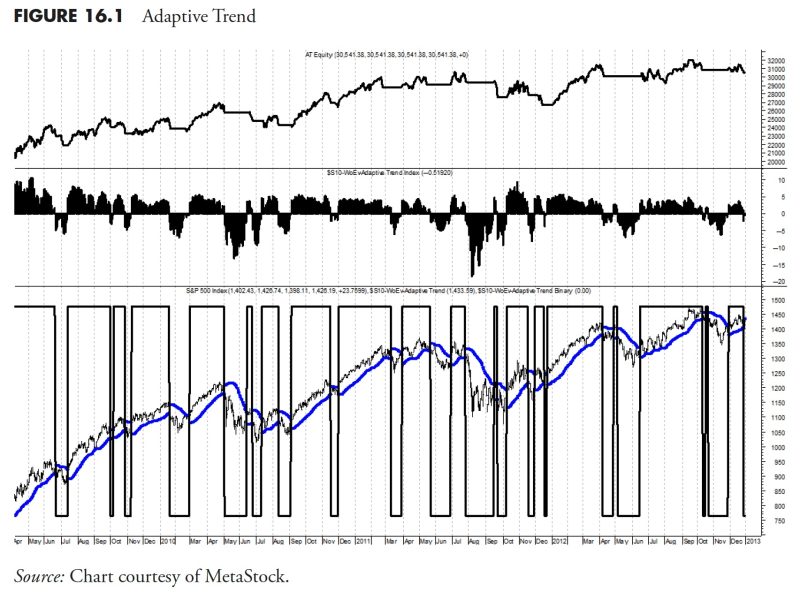
Mastering the Art of Trend-Following: The Money Management Rulebook – Episode 8
As we dive into the intricacies of rules-based money management, we’ve come to the part where we discuss the use of trend-following techniques. In essence, this strategy focuses on leveraging market trends to secure profitability. Trend-following is largely defined by financial market principles and it involves understanding these trends in a way that helps investors decide on which assets to hold, buy, or sell. So, let’s delve into how we can put trend-following to work for effective rules-based money management.
Firstly, let’s understand what trend-following means. Essentially, this rules-based approach acknowledges that asset prices often move in trends due to various market factors. These trends could be up or down, typically in line with movements in the broader market. The key tenet of trend-following is that past market trends can provide some degree of insight into future trends.
To put trend-following to work, it is necessary to study market trends and patterns to gain adequate perspective on investment decisions. One common method is through technical analysis, which involves studying historical market data, primarily price and volume. By recognizing certain patterns, trends, and signals in past market behavior, investors can make more informed decisions.
Keep in mind, however, that the trend-following approach doesn’t predict the future of the market; its purpose is to place one’s bets on the ongoing trend until the data suggests it has ended or reversed. It is a reactive, not predictive, strategy, and thus it requires consistent monitoring and adjustment based on current and evolving market trends.
The implementation of trend-following also involves firmly establishing rules for buying and selling, such as entering the market when a trend has been identified and selling when the trend appears to break. These rules must allow for flexibility given market volatility, but nevertheless maintain discipline in order to keep emotional decision-making at bay.
Moreover, these decision-making rules need to be complemented by risk management principles. Part of the trend-following strategy is understanding that not all trends result in gains and being prepared to withstand potential losses. Establishing stop-loss points, or positions at which an investor will sell a security to limit losses, is crucial within this context.
It’s also worth highlighting the importance of diversification in trend-following. By spreading investments across different asset classes, investors can potentially ride the success of rising trends, while safeguarding themselves when other trends fall. Diversification helps to manage risk by balancing the potential for higher returns against the risk of more significant losses.
To recap

